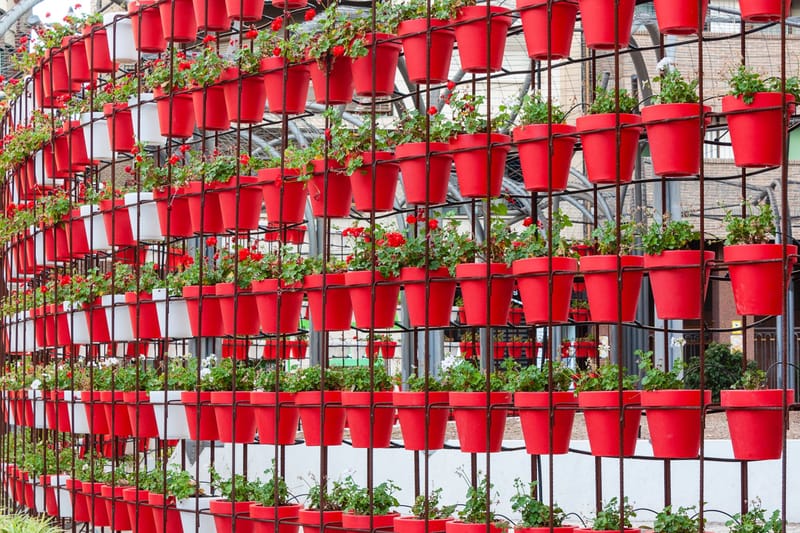Fruit Tree Planting and Home Gardening

Goals
To allow access to the unused labour hours available from the unemployed individuals willing to participate in tree planting to control water, erosion, and soil leaching. It is also expected that the tree-planting effort will help reduce wind speed and strength near homes, replace trees chopped down for charcoal production, increase protection from the elements, reduce food insecurity, and increase personal and financial security. Furthermore, the fruit planting effort will focus on helping individuals and families create home gardens and grow food at home.
Overview
- This Mutual Aid Group consists of tree planters, including ex-producers of charcoal, who will work with partnering organizations working in reforestation in the communal section. They work in areas selected by the assigned organizations. These areas may include community farms, institutions, parks, green lanes, local streets, boulevard and paved medians and Communal Section gardens and farms, etc. They use their own tools and transportation means. They can be assigned to work with any organization operating in the communal section (e.g., agricultural extension agents, field coordinators, the National Equipment Center, non-governmental, private and public organizations, regional, departmental and communal offices, etc.). They receive a monthly participation incentive from Reciprocitas and weekly training from the partnering organizations. A Mutual Aid Group facilitator supervises them. The Mutual Aid Group facilitators are trained to conduct groups and keep records. They are not subject-matter experts.
- A Communal Section may have more than one Mutual Aid Group with a focus on tree planting. The tree planters provide a location so the Mutual Aid Group Facilitator can offer the weekly training. They also join Farmers Field Schools when these are available in the Communal Section. The farmers who benefited from the Mutual Aid Group work donate plants raised in their plant nurseries, so the tree planters can engage in their reforestation endeavour. It is worth noting that forests cover only 1 to 2% of the country's surface area, and 25 of the 30 watersheds are denuded.
Job Description
- The tree planters use digging and planting tools to plant seedlings for planned reforestation areas.
- They plant, water, nurture, prune and protect and take care of the trees.
- They perform manual labor necessary to develop, maintain, or protect forests, woodlands, wetlands, and rangelands.
- They help raise and transport seedlings; combat insects, pests, and harmful diseases to plant life.
- They build structures to control water, erosion, and leaching of soil.
- They plant trees each week in selected areas (e.g., community farms institutions, parks, green spaces, lanes, local streets, boulevard and paved medians, communal section gardens, and monitor their growth.
- They mark and measure tree populations and keep tallies of examined trees.
- They create plant nurseries, a place where plants are propagated and grown to the desired age.
- They teach individuals and families how to create home-based plant nurseries.
- They teach individuals and families how to create home-based gardens and grow food at home.